The alarm goes off way too early this morning in Patagonia.
All I want is another 4 hours of sleep, but I drag myself into the shower and pretend to wake up. We are going to the end of the earth today (or at least the place Argentinians consider to be the end of the earth – Chile actually goes another 400 or so kilometres further south). Today we are the 1st passengers picked up by the bus, and we spend over 1-hour driving to the hotels of Ushuaia, picking up the rest on our way to the Tren de las Nubes
Tren de las Nubes
Finally, much too late, we head off to the Tren del Fin del Mundo, the train to the end of the earth, which is a narrow-gauge railway built when Ushuaia was Argentina’s Siberia, in order that the prisoners could be transported into the forests to log them, and then to transport both prisoners and logs back to town. We have our option: take the train into the national park, or walk. Nessa and Colm had advised that they took the train, there was nothing interesting to see, and they could have walked faster than the train moved. We vote to walk; we figure we are less likely to fall back asleep this way, and therefore more likely to enjoy the view. The walk is in fact very pleasant, as it has turned into a nice day, the sun peeking out from behind beautiful clouds. Out of the wind, it is actually almost warm, warmer than we expected it would be down here, anyway, and soon we have our jackets and scarves and hats off, only to whip them back on the minute there is any wind at all.
The Most Southerly Point in Argentina
Our day takes us to to the most southerly point in Argentina, very close to the border with Chile. On the way we stop at a huge beaver dam, where we learn that beavers were brought here from Canada in the 1940s, to be grown for their pelts. Unfortunately, it turned out that their pelts didn’t grow well enough down here, and somebody turned them loose. As they have no natural predators in Tierra del Fuego, today there are about 150,000 of them. Their dams are radically changing the Fuegian landscape, for the worse, to the point where the government now pays a reward for dead beavers. The Argentineans look at the beaver dam in fascination, and when they find out we are Canadian, they pepper us with questions about beavers back home. From their questions, we get the impression that they think there are beavers everywhere in Canada, even in downtown Toronto. Admittedly, Toronto is a tiny city in comparison to the 18 million or so people who live in Buenos Aires, but we certainly have never seen a beaver dam there.
The journey continues on to a bay where Ruta Nacional 3, the main highway (a gravel highway for much of its length) from Buenos Aires to Tierra del Fuego, following the Atlantic coast, ends. The signpost tells us that we are 3,063 kilometers from Buenos Aires, and 17,848 kilometers from Alaska.
By this time, Greg and I are really dragging, and we are quite happy when we are finally deposited back at our hotel, at about 3 p.m.
We take long naps, rise only long enough to go to the hotel dining room for dinner, and have an early lights out.

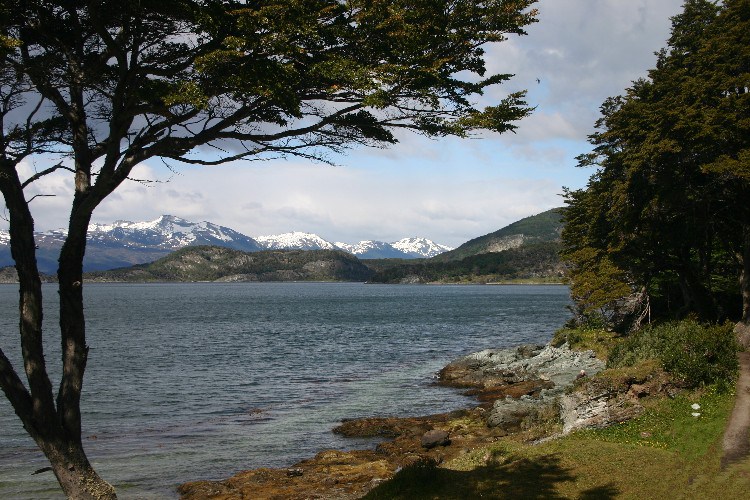
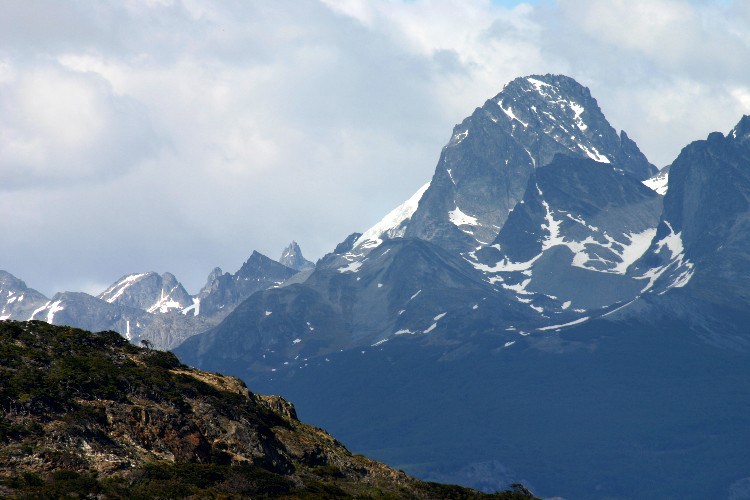
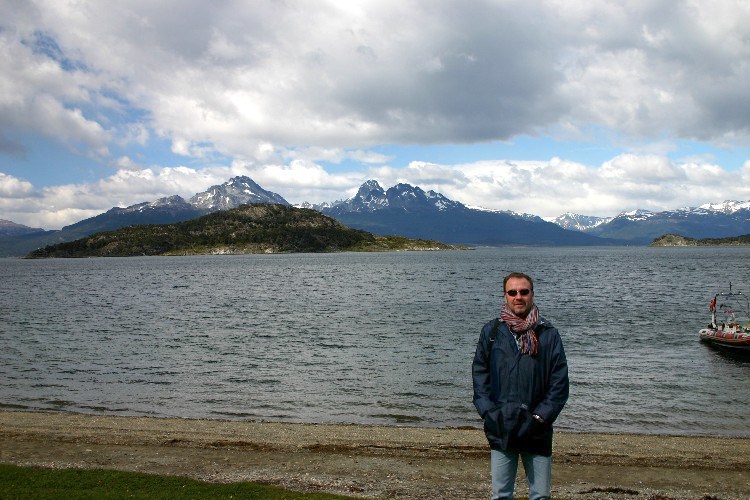
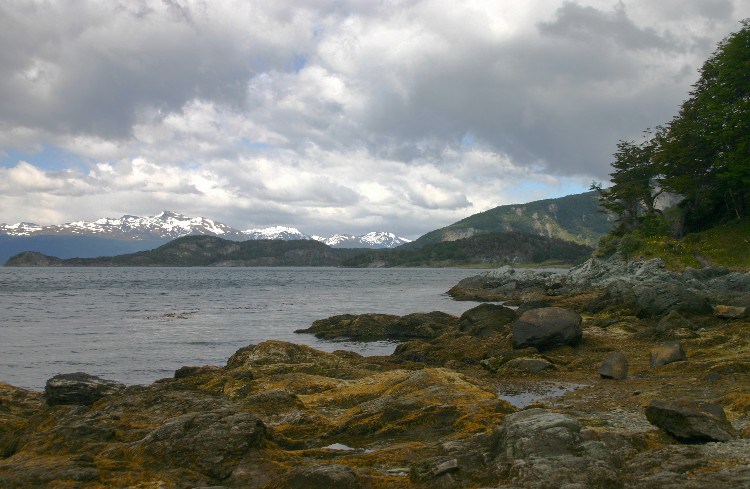

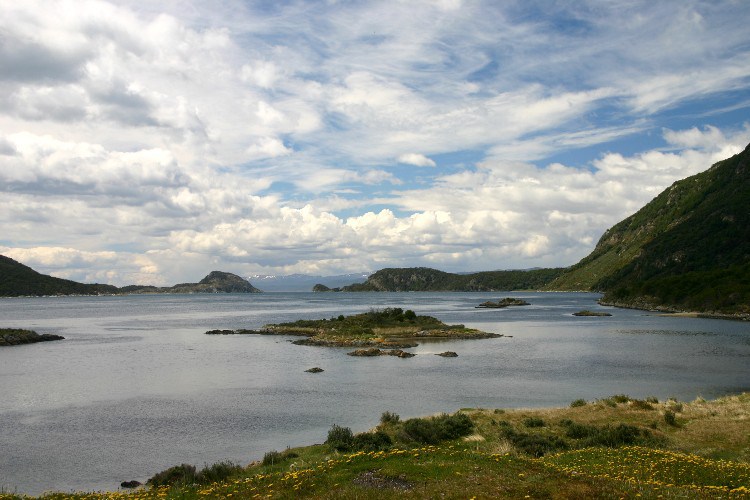

Comments